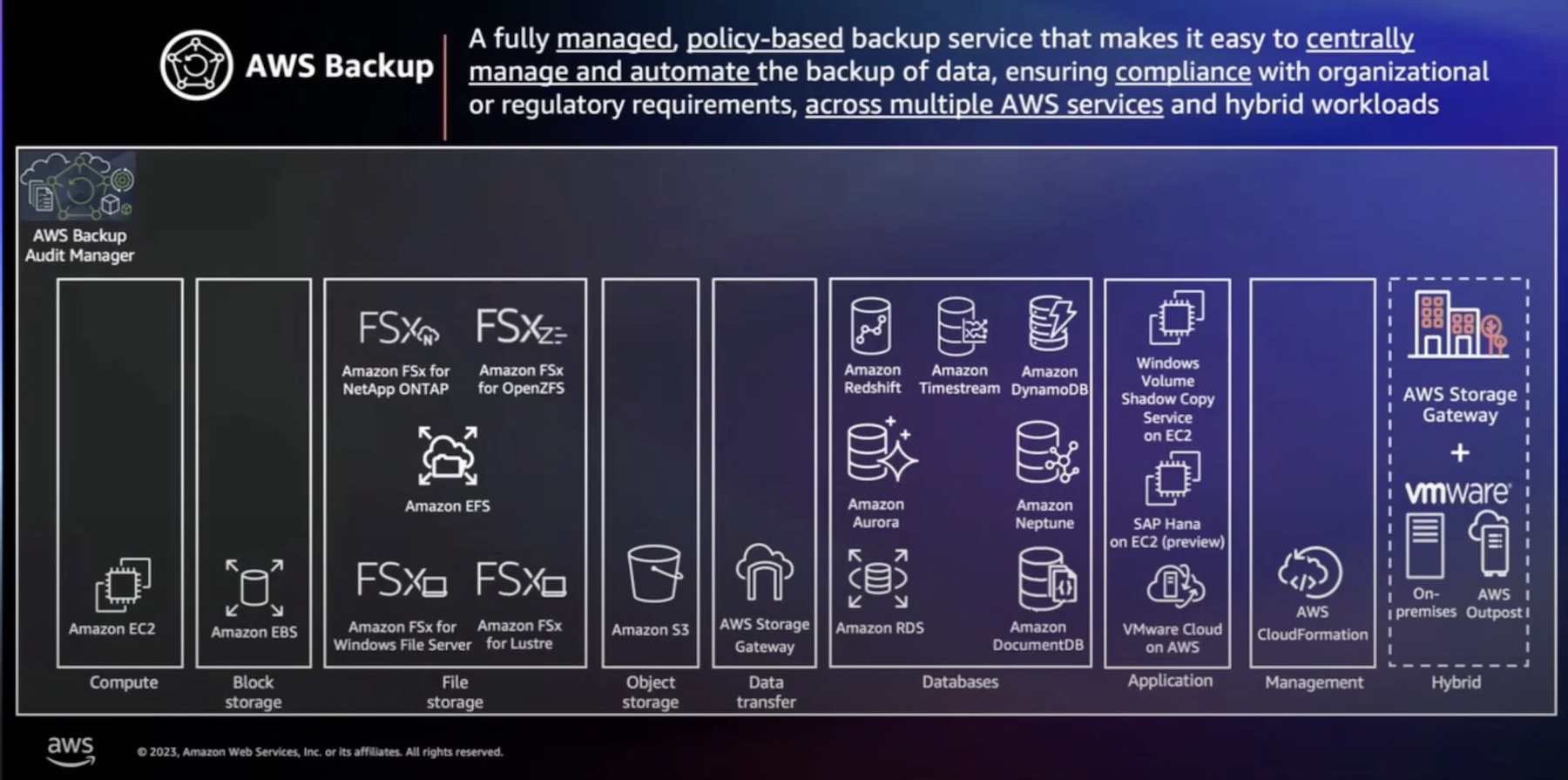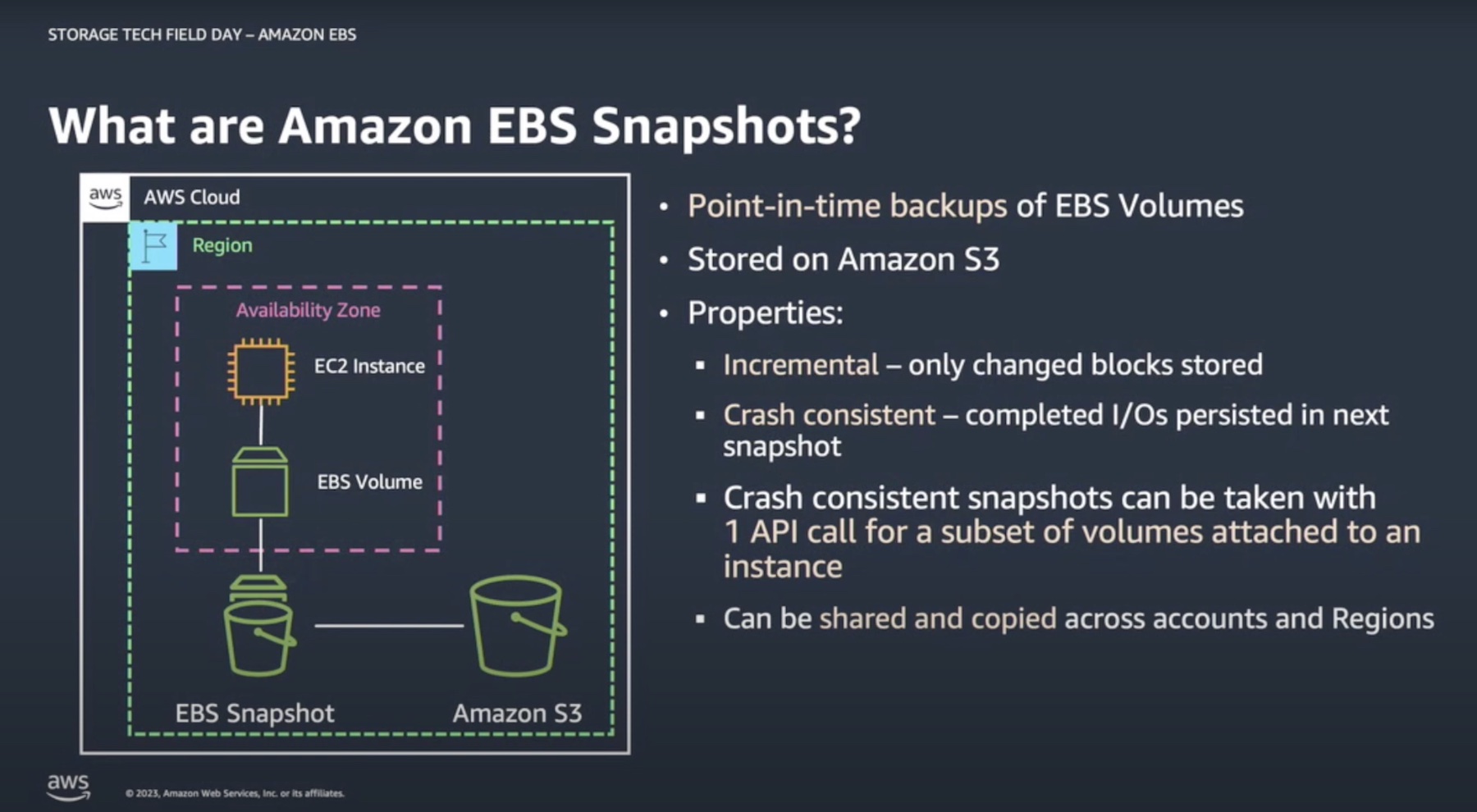I was reviewing some of the announcements from AWS re:Invent 2016. The sheer number is kind of bewildering. It’s hard to look past the ridiculous 100PB on wheels, AWS Snowmobile, which brings together all the business savvy of a SAN with the subtly of Mad Max: Fury Road. Still in making my way through the announcements, a small one stood out to me, Amazon Lightsail.

If AWS went Twee
Lightsail offers a virtual private server powered by AWS. Nothing all that special about it. What caught me was the price. The service starts at $5, although you don’t exactly get a powerhouse server at that price.

512MB of RAM? Let’s compute like it’s 2004!
Yeah, the specifications, especially at the entry level tier, aren’t anything to get excited over. Still the price is crazy low. Amazon is targeting this to someone like me. I’ve always wanted to get a simple WordPress blog up, but I’m lazy, only have a broad technical proficiency, and don’t want to have to do a long term commitment. Could I get more power and capability out of an old PC I could get on Craig’s List for $20? Sure! But then I’m worried about maintenance, setting up the networking on my end, plus I’ve just got to find a place to stow it in my house.
If you sign up for the $5 tier, Amazon gives you a free month to try it out, so why not! I decided to see how far I could get just fooling around with the service. After you decide what tier you want to use and sign up for an AWS account, Amazon gives you some basic preconfigured options. The default is for WordPress, and in most of their marketing, it’s clearly what they think the service will be good for.

Pick an Image
At least for the WordPress install, it sets you up with a server running Ubuntu 14.04.5 LTS. I’m assuming it would be the same for the other instance images. You also have the option of just starting up a base install of an OS. Amazon claims to have “your favorite operating system” options to choose from, but the choices are slightly more restrictive.

You can choose Vanilla or Vanilla Bean!
Interestingly, your blank OS image is the more recent Ubuntu LTS release. While I wish you had some more options (Debian or Fedora would have been nice), but if you’re only going to include one, I’d rather have Ubuntu than not. So once you select your image, it spins the server right up.

I got served
From there, you can either SSH in yourself, or they will open up a management terminal window for you. I did the latter because, as I established earlier, I’m lazy. Up until this point, this has been drop dead simple. Really anyone could accidentally get to this point, provided they’re willing to give Amazon credit card info. I kind of stumbled around once I got the server running. I figured I would need to get my domain pointed toward the server, and that Amazon would know that I needed that. This service is geared for people who don’t know what they’re doing, so Lightsail has really limited options to keep you focused. Aside from managing or accessing your server, you have two options.

These are things
I clicked on DNS zone. From there, I saw options to enter in your domain and it gave a list of name servers. I’ve had a couple domains sitting around Google Domains for a while, so I plugged one in. I didn’t get any error messages, so I just assumed I didn’t completely muck up everything. At this point, I figured I would need to tell the WordPress server to do something, but turns out, no! I went to my domain and saw a generic WordPress page staring back at me. In about 10-minutes of putzing, I had got a blog up and running. Seemed pretty cool! But ummm, how do I get in and edit anything?
I was trying to get as far as I could without going to any documentation. Now that I had the site up, I needed an assist of where to go next. Luckily Amazon has a basic tutorial up on their sight. Turns out I just needed to know how to ask for the password from my server. A simple command helped me out.
I’m basically a hacker now
From there I was able to get into the familiar WordPress Dashboard! Now you may be laughing at how little I know, but that’s kind of the point of Lightsail. The $5 a month plan is more than enough for any traffic I will conceivably get on my blog, and with a $12 a year domain, I’m getting a hosted WordPress install for effectively $6 a month. You can get a little cheaper from hosting companies, but these often come with longer term commitment. I just browsed HostGator and you can get WordPress hosting for cheaper, if you pay for 36 months up front. For someone who just wants something simple or to experiment with a bunch of different options, it’s really appealing. I’m already thinking of upgrading to the $10 tier to try and run my own mail server.
Lightsail is definitely not for power users. But I could see it as a broadly consumer focused gateway into the broader AWS ecosystem, which is clearly how Amazon sees this. You’re still going to need to pay for a site that gets a lot of traffic, but for a small mommy blog, podcast page, or other personal project, it’s a nice offering.





[…] I’ve been playing around with both a Raspberry Pi 3 and Amazon Lightsail. Both are interesting and pretty inexpensive products for what you get. For $35, the Raspberry Pi 3 […]
can i use amazon lightsail to build a wordpress blog ? And how much traffic It can handle ?
Yes, they have pre-built profiles to get started with WordPress. The basic VPS with 512MB of RAM probably won’t handle much more than a casual blog. If you expect heavy traffic, I’d go with more traditional hosting.
Can I host Multiple domain databases on a single server or I have to buy different servers for each Domain separately?
Hi Rich!
Thank you for writing this. I wanted a second opinion about moving to AWS Lightsail and this looks enough.
One thing more, when we talk about the traffic load, how much traffic do you think 512MB tier can handle?
Would it be enough to handle 500-1000 concurrent hits at a time?